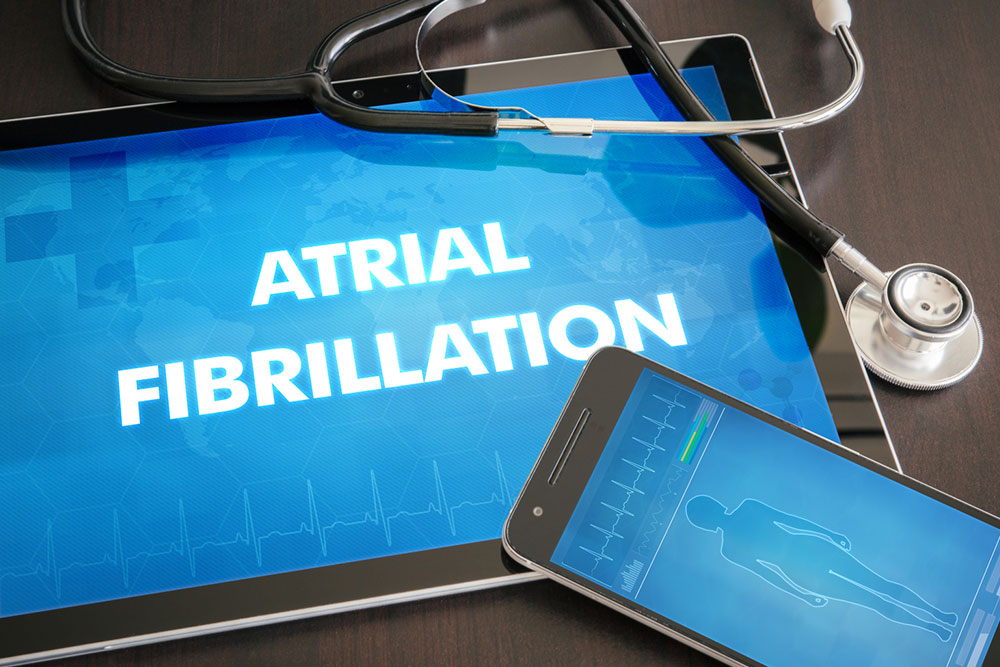
Things you need to know about atrial fibrillation
When we are excited or alarmed, our heart skips a beat, we feel a flutter, a quiver. In the case of atrial fibrillation, our heart does the same thing, it quivers. Replacing a systematic, regular heartbeat there is an abnormality, an erratic, aberrant heart rate. Either the heart valves function at a much faster rate or miss beats entirely. This heart condition, a heart disorder, where the normal flow of blood is interrupted and there is an obnoxious recognition of your own heartbeat, is called atrial fibrillation.
In adults, 60 – 100 beats per minute is the normal heart rate, but in people who suffer from atrial fibrillation, the heart rate is either higher or much lower. This is dangerous and calls for immediate medical attention. Atrial fibrillation is a serious health condition that could increase the risk of blood clots, stroke and heart attack, the number one cause of death in the country. While atrial fibrillation can affect any adult, it typically affects people over the age of 65. Men are affected by this heart condition more than women. Also, people with other health conditions like hypertension or heart valve complications are more likely to be affected by atrial fibrillation.
Atrial fibrillation occurs when the two upper chambers of the heart, the atria are affected. They beat erratically, thus disrupting the smooth flow of blood to the lower chambers of the heart, the ventricles, and hence cause disorganized blood flow throughout the other parts of the body. Noticeable palpitations, dizziness, fainting, a heaviness in the heart, nausea, tiredness while climbing stairs or exercising, sweating, shortness of breath, thumping, pounding or loud sounding heartbeats are some of the symptoms of atrial fibrillation. But do remember that there are people affected by this condition who do not show any kind of symptoms at all and are completely unaware that they have atrial fibrillation.
The symptoms can either be mild or severe and can be constant, sporadic or appear quite rarely too. Depending on how long the symptoms last and its severity, atrial fibrillation can be classified into many types for easy recognition and appropriate treatment.
- Paroxysmal fibrillation is when the symptoms resolve on its own within 2 – 7 days with or without medical intervention. But it is unpredictable and the chances of it recurring is quite high.
- Persistent atrial fibrillation, on the other hand, persists for more than 7 days and requires medical treatment for the symptoms to abate.
- Long-standing atrial fibrillation is when a person has this heart condition continuously for 12 months or longer.
- Permanent atrial fibrillation is when the irregular heartbeat prevails all the time. No amount of medical intervention can treat it and patients are advised against trying to resolve it.
The best thing to do is to seek medical help as soon as you notice one or more of the symptoms of atrial fibrillation. Irrespective of whether the symptoms linger on or disappear, seeking a doctor’s medical opinion is essential.


